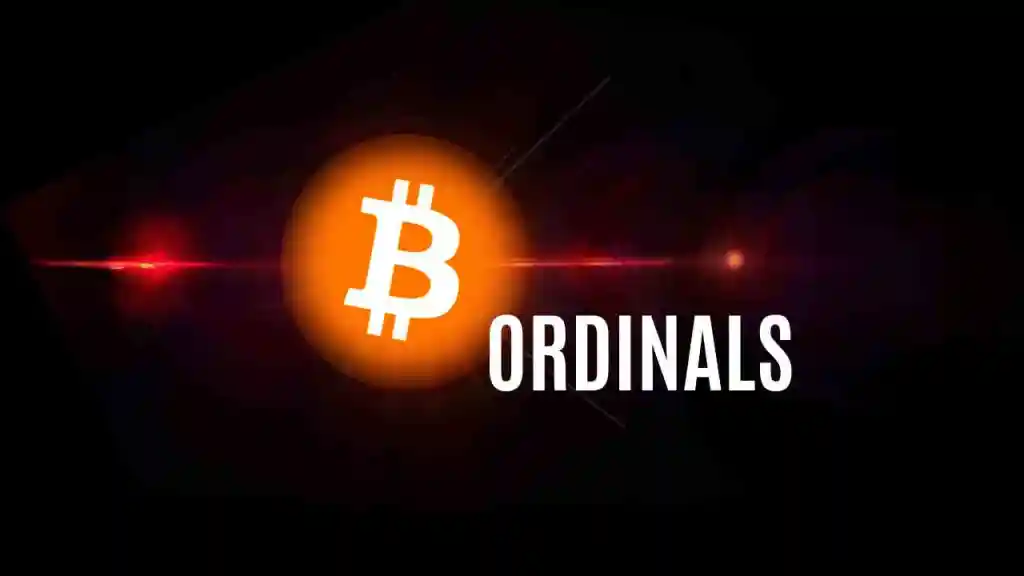
How do Bitcoin Ordinals work ?
Today we’re Going to Discuss How do Bitcoin Ordinals work ?
How do Bitcoin Ordinals work ?
The Ordinals Protocol is a system for numbering satoshis, in which each satoshi is given a serial number and tracked across transactions. Simply put, ordinals allow users to make individual satoshis unique by attaching additional data to them. This process is known as “inscription”.
A Satoshi – named after Bitcoin’s eponymous creator Satoshi Nakamoto – is the smallest denomination of Bitcoin (BTC). One BTC can be divided into 100,000,000 satoshis, meaning each satoshi is worth 0.00000001 BTC.
Satoshis are ranked based on the order in which they were mined and transferred. The numbering scheme depends on the order of Satoshi mining, while the transfer scheme depends on the order of transaction inputs and outputs. Hence the name “Ordinals”. The first satoshi in the first block has ordinal number 0, and the second has ordinal number 1, and so on. According to ordinal theory, these ordinal numbers act as static identifiers for the data associated with sats.
While traditional NFTs are similar to ordinals in some ways, there are some key differences. NFTs are typically created using smart contracts on blockchains such as Ethereum, Solana, and the BNB chain, and sometimes, the assets they represent are hosted elsewhere.
In contrast, ordinals are written directly to individual satoshis, which are then incorporated into blocks on the Bitcoin blockchain. Ordinals reside entirely on the blockchain and do not require a sidechain or separate token. In this sense, common tokens inherit the simplicity, immutability, security and durability of Bitcoin itself.


